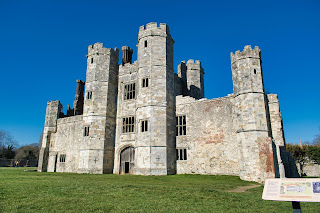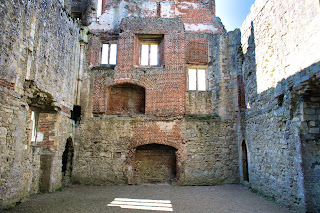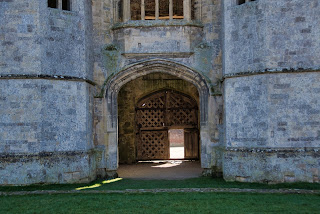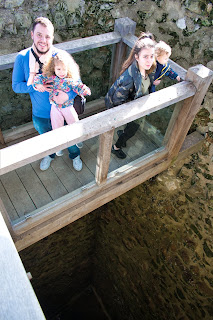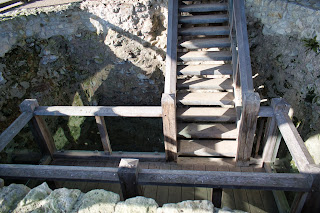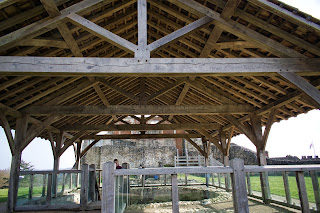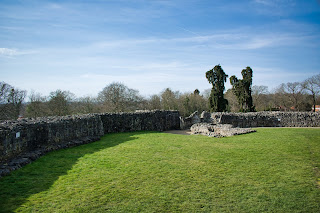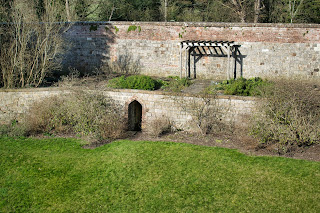Titchfield Abbey is a medieval abbey and later country house, located in the village of Titchfield near Fareham in Hampshire, England. The abbey was founded in 1222 for Premonstratensian canons, an austere order of priests. The abbey was a minor house of its order, and became neither wealthy nor influential during its three centuries of monastic life; the inhabitants were devoted to scholarship, as shown by their very impressive library.
The abbey was closed in 1537 by Henry VIII of England during the Dissolution of the Monasteries and the building was converted into a mansion by Thomas Wriothesley, a powerful courtier. Later in the sixteenth century the mansion was home to Henry Wriothesley, who was a patron of William Shakespeare. In 1781 the mansion was abandoned and partially demolished. The remains were purchased by the government in the early twentieth century and are now a Scheduled Ancient Monument under the care of English Heritage.
I recently bought a new camera. Nothing fancy, just an entry level DSLR from Nikon. I needed a nice tool to capture my newly born daughter's best moments. Thing is... I started learning about shooting photos in other modes than "Auto"... and I started really enjoying it... I created this blog so I can share some of the shots I make!
Sunday, 24 February 2019
Sunday, 17 February 2019
Farnham Castle Keep
Farnham Castle is a 12th century castle in Farnham, Surrey, England, formerly the residence of the Bishops of Winchester.
Built in 1138 by Henri de Blois, Bishop of Winchester, grandson of William the Conqueror, Farnham castle became the home of the Bishops of Winchester for over 800 years. The original building was demolished by Henry II in 1155 after the Anarchy and then rebuilt in the late 12th and early 13th centuries.
In the early 15th century, it was the residence of Cardinal Henry Beaufort who presided at the trial of Joan of Arc in 1431. It is for this reason that St Joan of Arc's Church in Farnham is dedicated to her.
The castle was slighted again after the Civil War in 1648. Since then more buildings have been constructed in the castle's grounds, the most impressive being those built by Bishop George Morley in the 17th century.
Built in 1138 by Henri de Blois, Bishop of Winchester, grandson of William the Conqueror, Farnham castle became the home of the Bishops of Winchester for over 800 years. The original building was demolished by Henry II in 1155 after the Anarchy and then rebuilt in the late 12th and early 13th centuries.
In the early 15th century, it was the residence of Cardinal Henry Beaufort who presided at the trial of Joan of Arc in 1431. It is for this reason that St Joan of Arc's Church in Farnham is dedicated to her.
The castle was slighted again after the Civil War in 1648. Since then more buildings have been constructed in the castle's grounds, the most impressive being those built by Bishop George Morley in the 17th century.
Subscribe to:
Comments (Atom)
